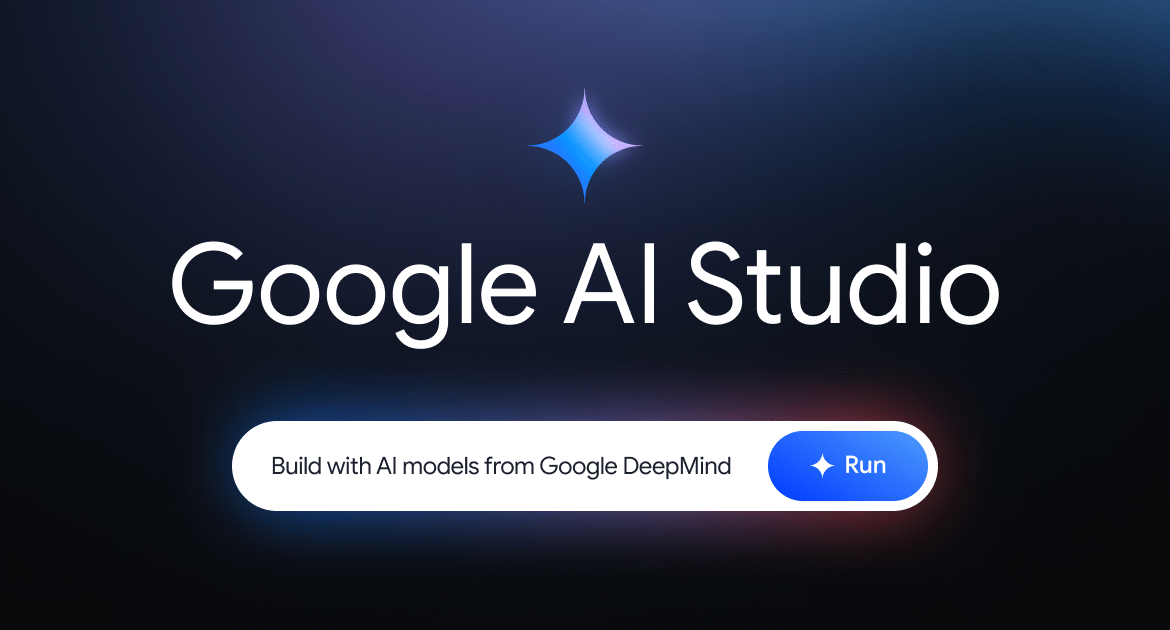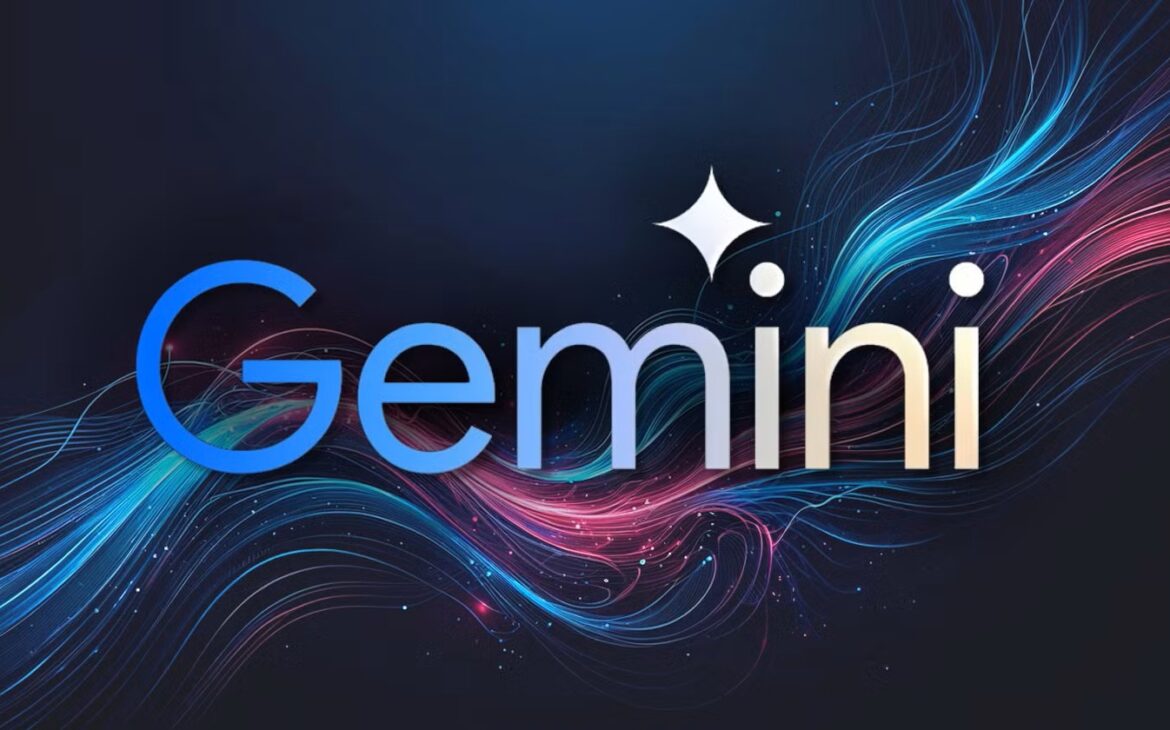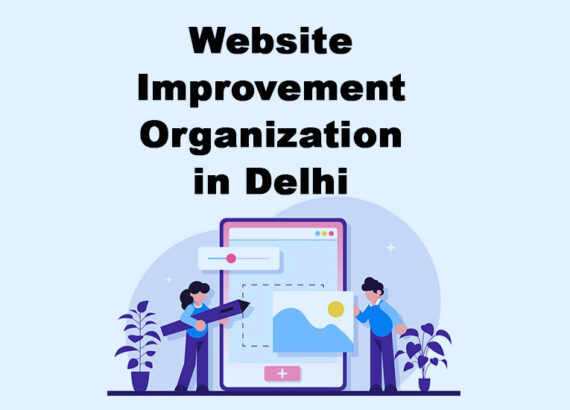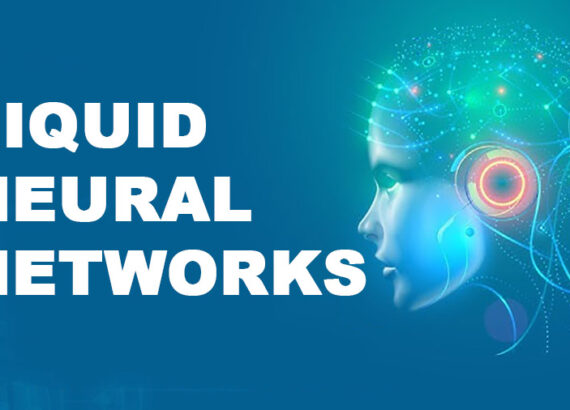Everywhere you turn, someone’s launching the “next big thing” in AI. Tools are springing up faster than we can bookmark them. However, when it comes to developer tools, our primary needs are consistency, speed, and tools that actually do the job.
Whether you’re writing code, designing interfaces, creating videos, or launching full-scale AI products, Google’s newest suite—powered by its Gemini models—is like a secret toolbox built just for you. From Google AI Studio, the no-code testing lab, to Jules, the autonomous coder that feels like a new teammate, these tools aren’t isolated gimmicks—they’re built to work together, to speed you up, and to amplify your ideas. In this blog, we’ll walk through five of Google’s most exciting GenAI tools and how they can power your next build, side project, or startup idea. You can consider this a new developer toolkit.
1. Google AI Studio
Google AI Studio is an integrated development studio for working with Gemini—the latest family of multimodal models from DeepMind and Google Research. It allows developers to prototype and deploy AI-powered applications—from text to vision, audio, and beyond—in a unified interface.
What’s magical here is how seamlessly it integrates multimodal inputs. Want to work with text and images? Go for it. Want to build a chatbot that can also parse documents or perform function calls in real-time? You’re covered. And if you’re someone who loves tinkering with prompts, Studio provides version control and collaboration support, making it as much a lab as it is a workshop.
In essence, AI Studio is your friendly neighbourhood lab, supercharged with Gemini power.

2. Gemini API
Underneath all the slick interfaces and drag-and-drop features lies the beating heart: the Gemini API. It’s more than an endpoint—it’s Google’s promise of a powerful, scalable, and flexible AI foundation. Whether you need fast responses (Gemini Flash), deep analytical reasoning (Gemini Pro), or feather-light mobile performance (Gemini Nano), the API allows developers to plug in the exact engine that suits their application.
The best part? The models are multimodal by design. You don’t have to switch engines when you move from text to image to audio. Gemini is built to understand them all at once. That makes it a dream for developers building assistants, apps, chatbots, or document tools that need to “see” and “hear” just like we do.
Plus, features like URL fetching, function calling, and enormous token windows mean you’re not just playing with words—you’re orchestrating logic, pulling in live web data, and interacting with real-world APIs, all through a single chat-based interface. If AI Studio is the workshop, Gemini API is the powerhouse that keeps the lights on.
3. Stitch: AI-Powered UI Design
Stitch, unveiled at Google I/O 2025, is a visual-to-code AI assistant designed for rapid UI generation. It takes text prompts or design sketches and outputs polished, responsive app interfaces with HTML/CSS and tight Figma integration.
Some of the best features of it:
- Instant UI generation: Specify the layout or upload a rough mockup, and Stitch crafts a polished interface in seconds
- Multiple variations: Generates different design and theme variations to explore UI concepts quickly.
- Developer export options: Export production-ready HTML/CSS or move the design to Figma for further iteration.
For startups trying to prototype fast or product teams racing toward MVP deadlines, Stitch is the best kind of time machine.

4. Flow
Next up is a name that’s a bit newer to the scene but already generating buzz: Flow. Flow is Google’s bold attempt at bringing filmmaking and storytelling into the AI era. Imagine writing a script and watching AI turn it into an animated short. Or imagine a small creator studio using AI to build demo videos with customized narration, character animation, and music. That’s the promise of Flow.
Still, in the experimental stages, Flow is where creativity gets a turbocharge. While tools like Runway and Pika have been making waves in generative video, Flow brings Google’s multimodal smarts to the table. By integrating Gemini’s text and audio understanding with dynamic visual generation (possibly from Veo or similar), Flow allows you to create video content with minimal manual labour. For marketers, educators, indie creators, or even journalists, Flow could be a game changer because storytelling isn’t just about writing anymore. It’s about bringing words to life in seconds.
Some of the best features of it:
- Automated video creation: Generate characters, scenes, and cinematic content from descriptive prompts.
- Audio-video synergy: Likely integrates with Gemini’s audio generation, similar to Lyria and Veo
- Quick prototyping: Enables creators to visualize stories without extensive production pipelines

5. Jules – The AI Developer You Didn’t Know You Needed
Jules, launched in Google public beta in May 2025, is an autonomous, asynchronous coding agent powered by Gemini 2.5 Pro. It doesn’t just suggest lines of code. It reads your repository, understands your project structure, reviews your prompt (“Add Google login support”, “Fix the billing bug”), and then creates a plan. Not just any plan—a real, logical, commented-out, step-by-step proposal for what it’s about to do. Once you approve it, Jules makes the changes across multiple files, writes new tests, and opens a pull request. You even get an audio changelog if you want to hear what’s new, narrated podcast-style.
Conclusion
Google GenAI tools are made just for you. They are capable of amplifying your ideas and speeding up your development projects. Teams find value in cross-platform cohesion: AI Studio + Gemini API + Jules, which contributes to an end-to-end dev pipeline.
For more such informative updates, follow Nextr Technology.
Thank you for reading
Buy Web Hosting at an affordable price: Buy Now.
If you want to build your website at an affordable price, contact www.nextr.in
Read this: How AI is Changing Education


















